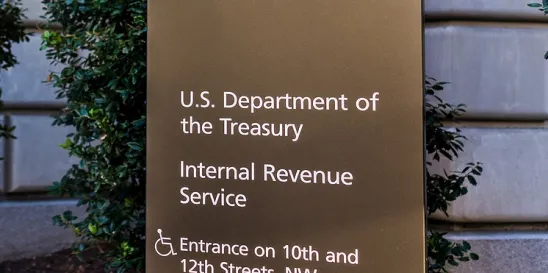The U.S. Department of the Treasury’s Community Development Financial Institutions Fund (CDFI Fund) announced $5 billion in New Markets Tax Credit (NMTC) awards on Sept. 22, with the goal of economically revitalizing low-income communities across the country. A total of 102 organizations nationwide received tax credit allocation authority under this round of the NMTC Program.
The NMTC can serve as a valuable means of reducing the debt or equity necessary to undertake a qualified project. In a typical NMTC transaction, a project sponsor can expect to receive a net benefit of 15 to 25% of project costs. For example, a project with eligible costs of $10,000,000 can generate up to $2,500,000 of capital for the project, thereby reducing the need for capital from traditional debt and equity sources to only $7,500,000. This substantial benefit created by the NMTC Program allows it to function as a powerful mechanism for economic development.
The program has served an integral role in stimulating job creation and investment in low-income areas throughout the country. A federal economic development program now in its second decade of existence, the NMTC Program has proven an effective means of attracting private capital to complete the financing requirements of projects that may fail to progress otherwise. The program is versatile in terms of the types of projects for which the NMTC financing may be utilized. The NMTC has been employed in nearly every type of project conceivable, including real estate development, operating business expansion, and charitable organization activities.
NMTC requirements are codified in § 45D of the Internal Revenue Code and the Treasury Regulations promulgated thereunder. In order to qualify for the NMTC, an eligible project, at a minimum, must be located in a qualified census tract that meets certain criteria related to median income, poverty, and unemployment levels. There are also certain types of businesses that are not eligible for NMTC financing, including housing, large-scale agriculture, and certain “sin businesses” such as massage parlors or liquor stores.
The NMTC is distinguished from many other tax credits by the manner in which it is made available. A project, rather than automatically qualifying for the tax credit so long as it meets the relevant qualification criteria, must first be selected by one of the organizations to which the CDFI Fund has awarded tax credit allocation authority. The organizations, known as Community Development Entities (CDEs), will allocate tax credits to projects that produce the specific positive community impacts they are seeking.
As previously mentioned, 102 CDEs were awarded allocation authority in this round, and a project’s potential positive community impact is perceived differently by each CDE. In this round, over 20% of the investments will be made in rural communities, and 100% of the allocatees committed to providing at least 85% of their investments in areas characterized by multiple indicia of distress, a significantly greater indicia of distress than required by NMTC Program rules, or high unemployment rates.
An additional factor deemed significant by nearly every CDE is the location of a project in a “targeted state.” The CDFI Fund has identified 10 states and territories that historically have underutilized the NMTC, and has emphasized to CDEs the importance of the program’s use in targeted areas. The targeted states and territories for the current allocation are as follows:
|
|
|
|
|
|
|
|
|
|
While this round of awards should result in needed levels of community investment and economic development related to the NMTC Program, the majority of the tax credits will be allocated to projects in a short time span. Developers, companies, and charities, particularly those considering projects in targeted states, rural communities, or other low-income areas, should move quickly to determine whether NMTC financing is an option to close a funding gap or to potentially increase the services or offerings of a qualifying project.
Keyon Brown, LaQuenta C. Rudison, and Ayshan E. Ibrahim also contributed to this article.








 />i
/>i

